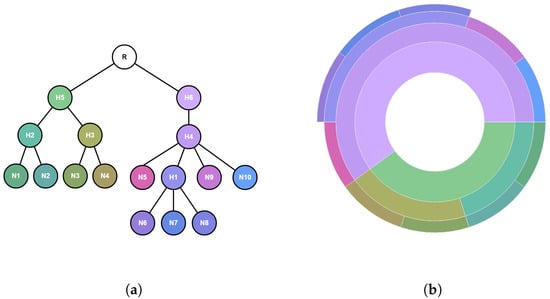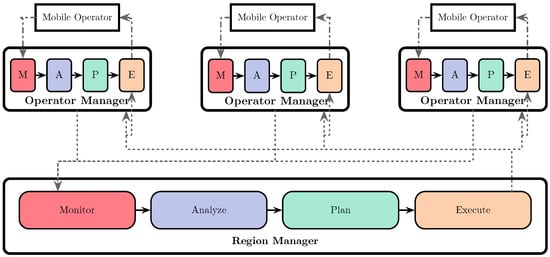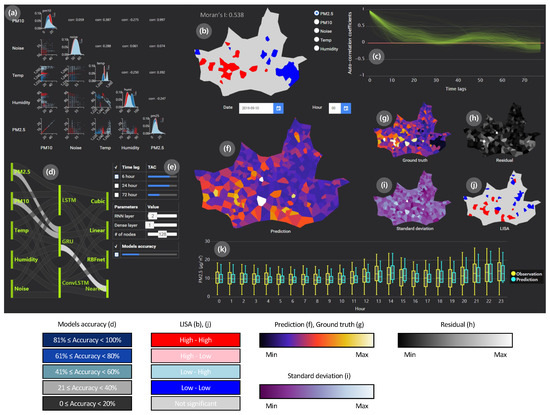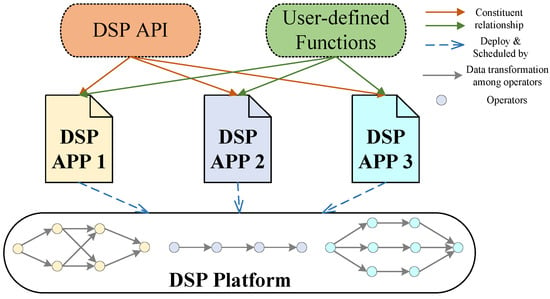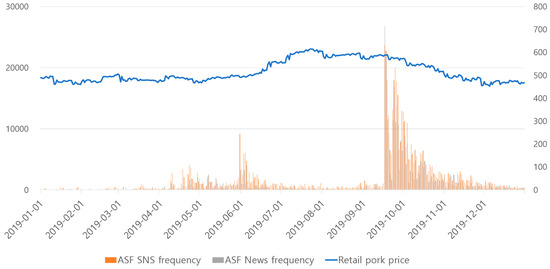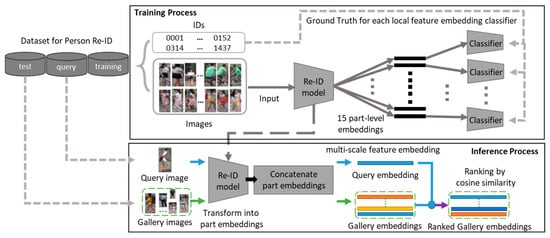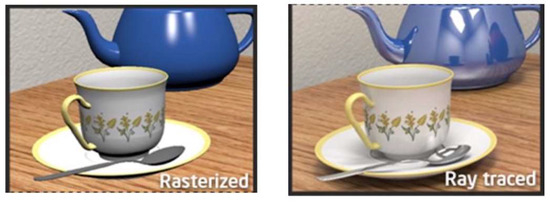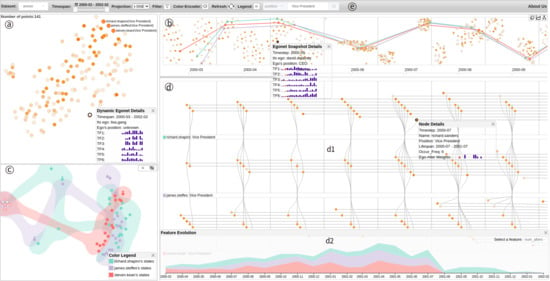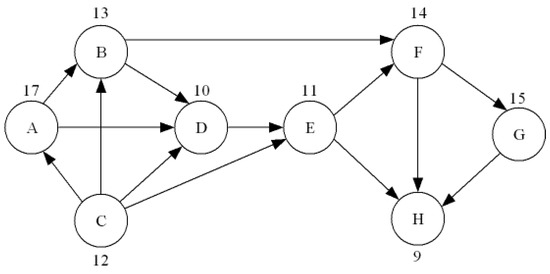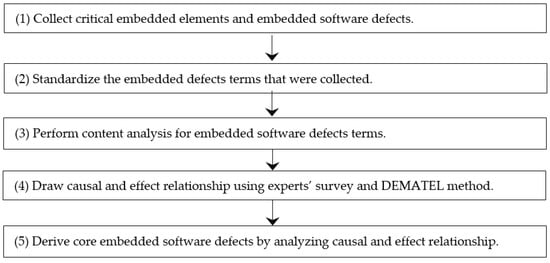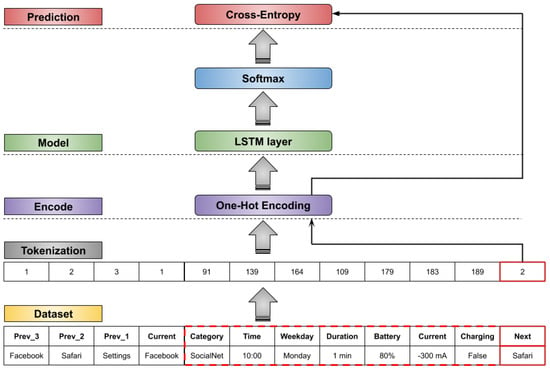Big Data Analysis and Visualization Ⅱ
A topical collection in Applied Sciences (ISSN 2076-3417). This collection belongs to the section "Computing and Artificial Intelligence".
Viewed by 47071Editors
Interests: big data analysis; data visualization; visual analytics; smart manufacturing; virtual reality; augmented reality
Special Issues, Collections and Topics in MDPI journals
Interests: AI; data mining and analysis
Special Issues, Collections and Topics in MDPI journals
Topical Collection Information
Dear Colleagues,
Big data have become a core technology for providing innovative solutions in many fields. Big data analytics is a process of examining data to discover information, such as hidden patterns, unknown correlations, market insights, and customer preferences, that can be useful to make various business decisions. Recent advances in deep learning, machine learning, and data mining have improved to the point where these techniques can be used in analyzing big data in healthcare, manufacturing, social life, etc.
On the other hand, big data are being investigated using various visual analytical tools. These tools assist in visualizing new meanings and interpretations of the big data and, thus, can help better explore the data and simplify the complex big data analytics processes.
Hence, we invite the academic community and relevant industrial partners to submit papers to this Special Issue, on relevant fields and topics including (but not limited to) the following:
- Novel algorithms for big data analysis
- Big data preprocessing techniques (acquisition, integration, and cleaning)
- Data mining, machine learning, and deep learning analysis for big data analysis
- Application of computer vision techniques in big data analysis
- Big database engineering and applications
- Visual analytics of big database engineering and applications
- Visualization and visual analytics for supporting the big data analysis process
- Data structures for big data visualization
- Application of big data visualization to a variety of fields
- Big data visualization: case studies and applications
In addition to papers submitted by researchers, invited papers based on excellent contributions to recent conferences in this field will be included in this Special Issue; for example, from IDEAS 2020, IEEE CBDCom 2020, and BigDAS 2020.
Prof. Dr. Kwan-Hee Yoo
Prof. Dr. Carson K. Leung
Prof. Dr. Nakhoon Baek
Guest Editors
Manuscript Submission Information
Manuscripts should be submitted online at www.mdpi.com by registering and logging in to this website. Once you are registered, click here to go to the submission form. Manuscripts can be submitted until the deadline. All submissions that pass pre-check are peer-reviewed. Accepted papers will be published continuously in the journal (as soon as accepted) and will be listed together on the collection website. Research articles, review articles as well as short communications are invited. For planned papers, a title and short abstract (about 100 words) can be sent to the Editorial Office for announcement on this website.
Submitted manuscripts should not have been published previously, nor be under consideration for publication elsewhere (except conference proceedings papers). All manuscripts are thoroughly refereed through a single-blind peer-review process. A guide for authors and other relevant information for submission of manuscripts is available on the Instructions for Authors page. Applied Sciences is an international peer-reviewed open access semimonthly journal published by MDPI.
Please visit the Instructions for Authors page before submitting a manuscript. The Article Processing Charge (APC) for publication in this open access journal is 2400 CHF (Swiss Francs). Submitted papers should be well formatted and use good English. Authors may use MDPI's English editing service prior to publication or during author revisions.
Keywords
- Big data
- Big data preprocessing
- Big data analysis
- Big data visualization
- Visual analytics
- Data mining
- Machine learning
- Deep learning
- Computer vision
- Multimedia big data







